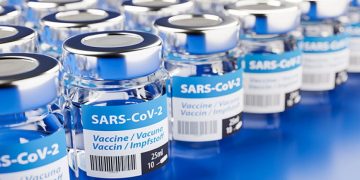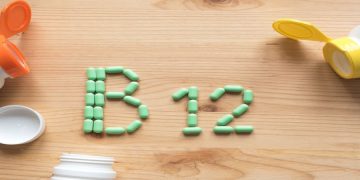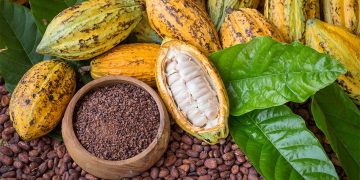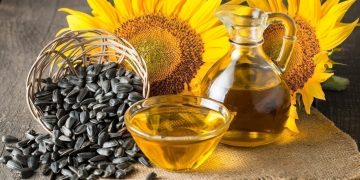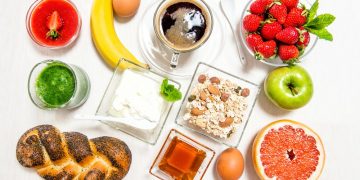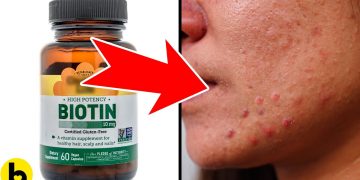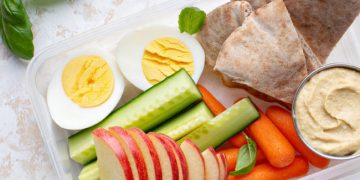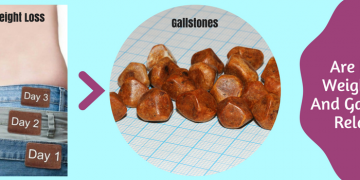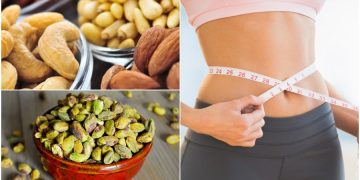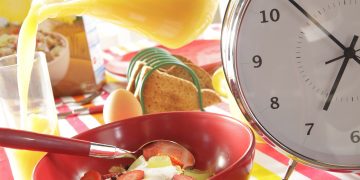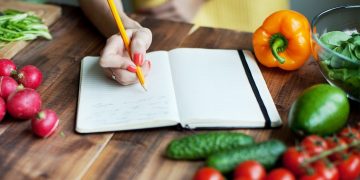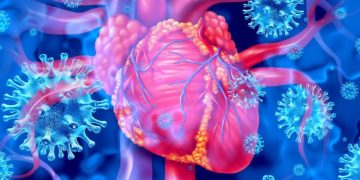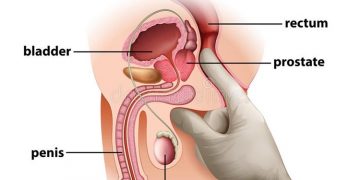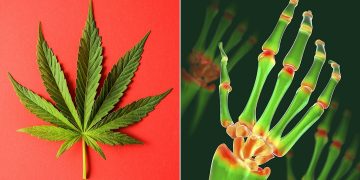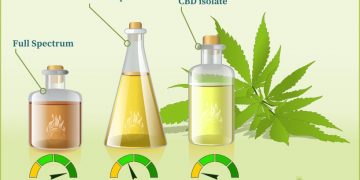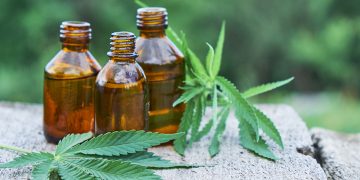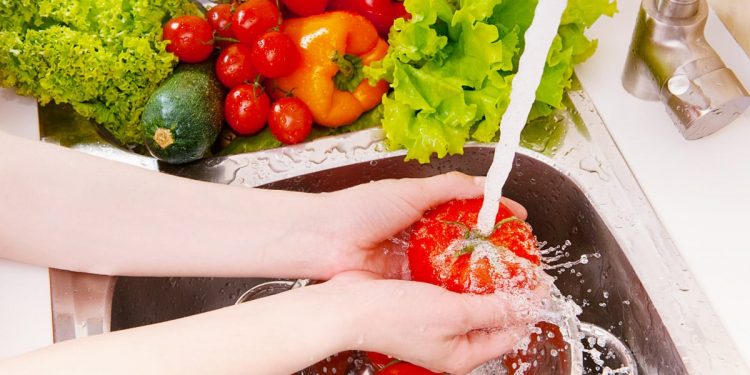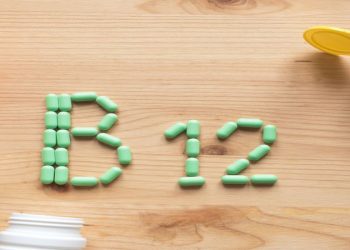Eating new leafy foods is sound. Yet, they can get soil and microbes during the excursion from ranch to kitchen.
Should all leafy foods be washed prior to eating? What about “prewashed” lettuce from the supermarket — should that be washed again at home? Furthermore, what’s the legitimate method for washing produce to ensure it’s protected to eat?
step by step instructions to appropriately wash and prep foods are grown from the ground prior to eating:
Clean up first.
Prior to taking care of new products, ensure your hands are perfect. Wash hands with cleanser and warm water for something like 20 seconds (or sing the “Cheerful Birthday” melody two times). Doing this prior to washing produce is a successful method for eliminating microscopic organisms present on all fours to keep microbes from spreading.
Skirt the cleanser or cleanser.
The U.S. Habitats for Disease Control and Prevention (CDC) suggests delicately scouring produce while holding it under running water. No cleanser or cleanser is expected to wash produce, as these cleaning items aren’t made for utilization.
Utilize a perfect blade.
Utilize a spotless blade to cut washed leafy foods. Washing produces prior to cutting it forestalls moving soil and microscopic organisms to the eatable parts. In the event that you strip leafy foods, wash them first so microscopic organisms aren’t moved from an external perspective of the product to within as you strip.
Utilize a brush.
Utilize a spotless vegetable brush to clean firm produce, like melons, cucumbers, and potatoes, to assist with eliminating any microorganisms.
Take additional consideration with verdant vegetables.
Eliminate the furthest leaves of a head of lettuce or cabbage prior to washing. Wash free leaves under running water in a colander, shake them around, and afterward rehash. Be that as it may, assuming salad greens are named as “prewashed” or “prepared to eat,” there’s a compelling reason to need to wash or flush again prior to cutting, cooking, or eating.
Wipe off.
In the wake of washing foods grown from the ground with water, wipe them off with clean paper towels or a perfect kitchen towel. Drying produce can additionally kill any waiting microorganisms. To eliminate the overabundance of water from salad greens, utilize a plate of mixed greens spinner or paper towels to dry the leaves.
Try not to wash too early.
The best chance to wash foods grown from the ground is just before they’re eaten or cooked, not when they’re brought back. Flushing produces prior to putting it away in the fridge can advance bacterial development, as well as prompt leafy foods to ruin quicker on the off chance that the skin is moist. Additionally, microorganisms can develop on washed produce on the off chance that it’s not as expected put away.
Washing new produce will assist with diminishing the probability of pollution from microbes and furthermore assist with eliminating soil. It’s important for the food handling information that families ought to know about while getting ready for feasts and snacks at home.






